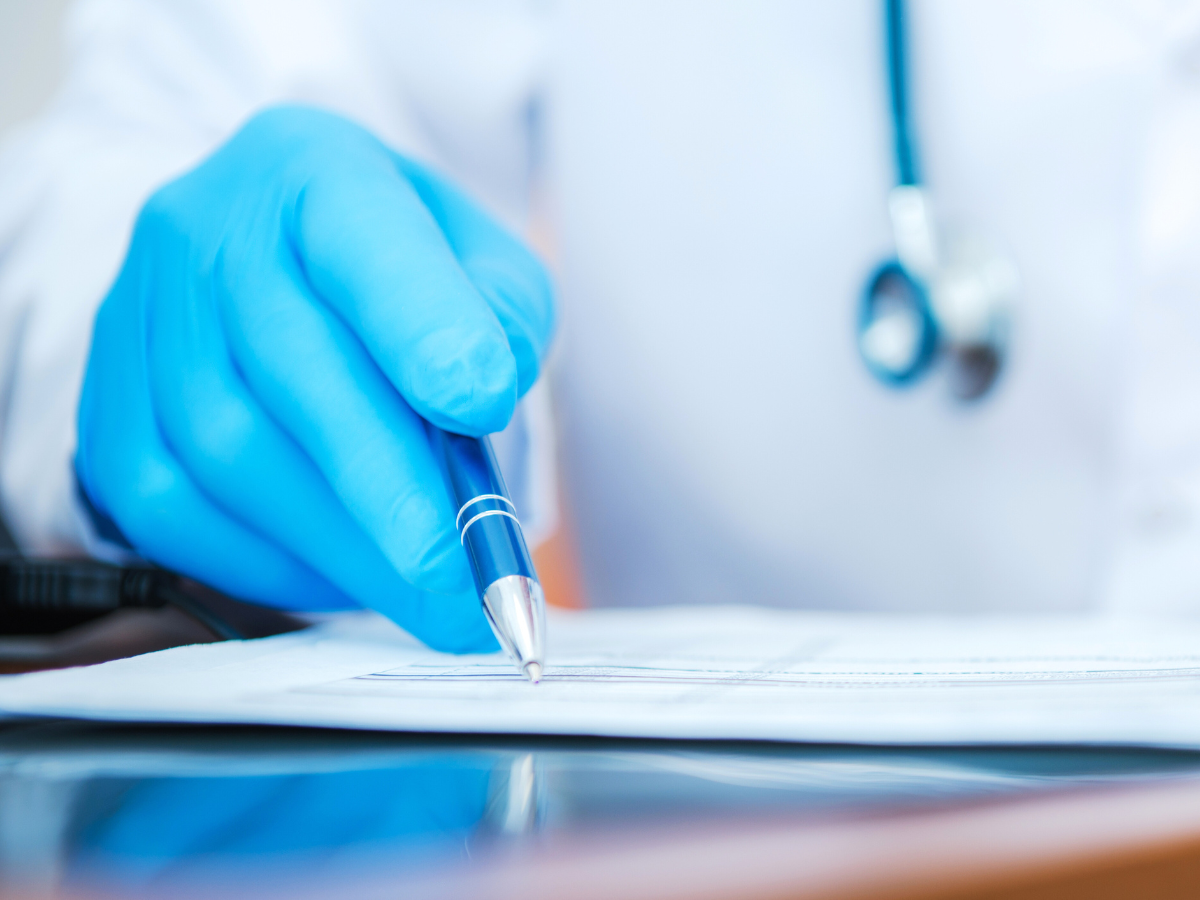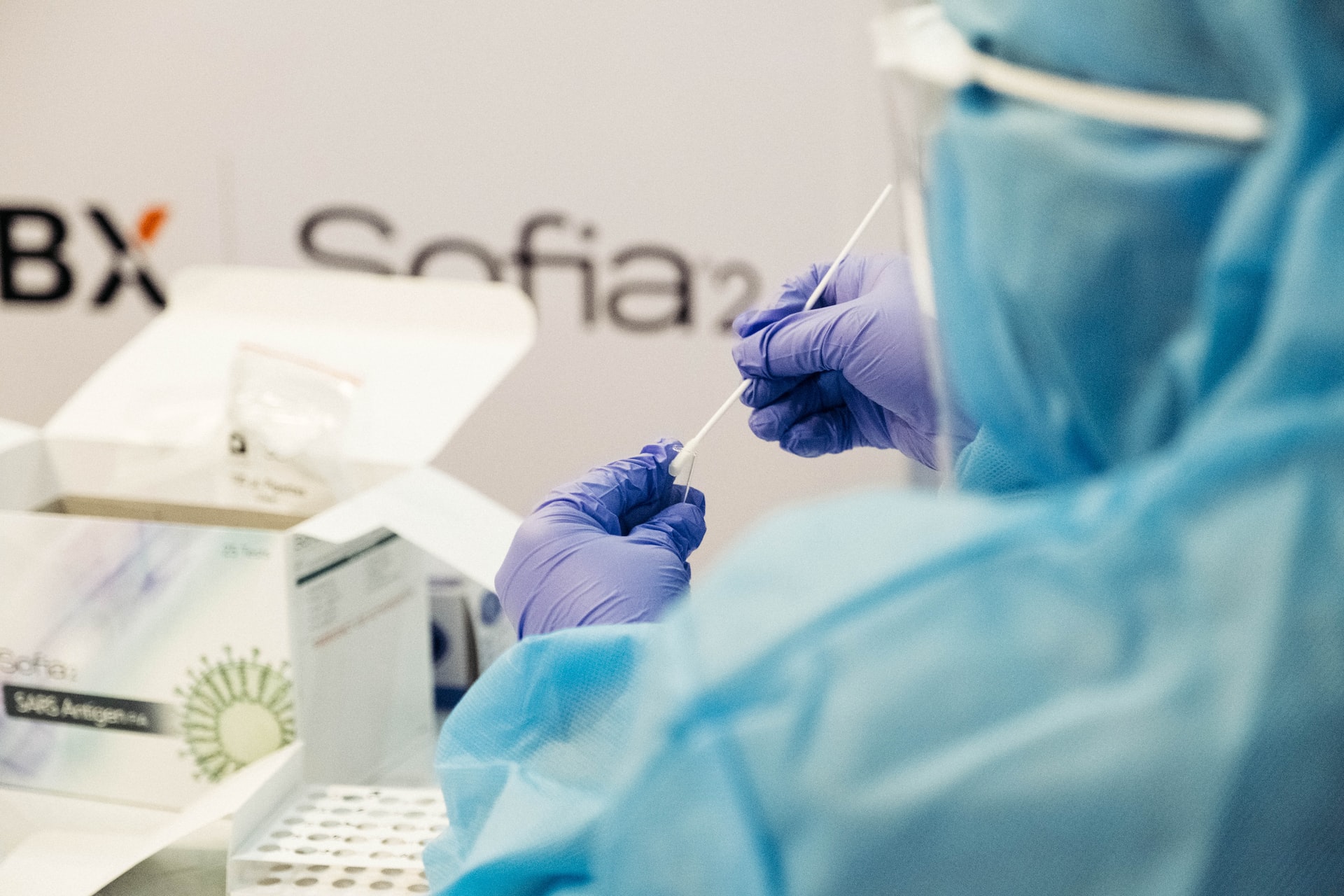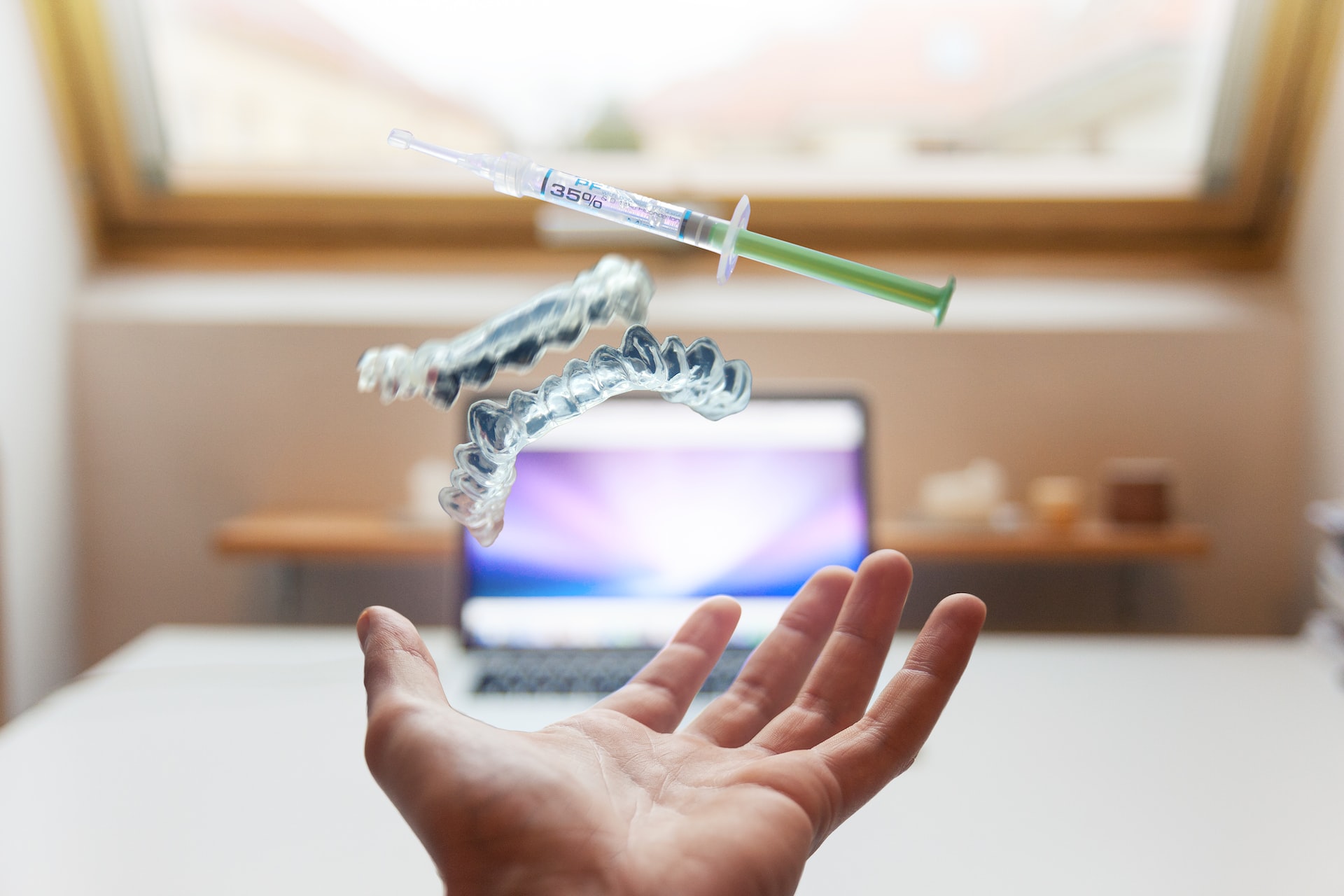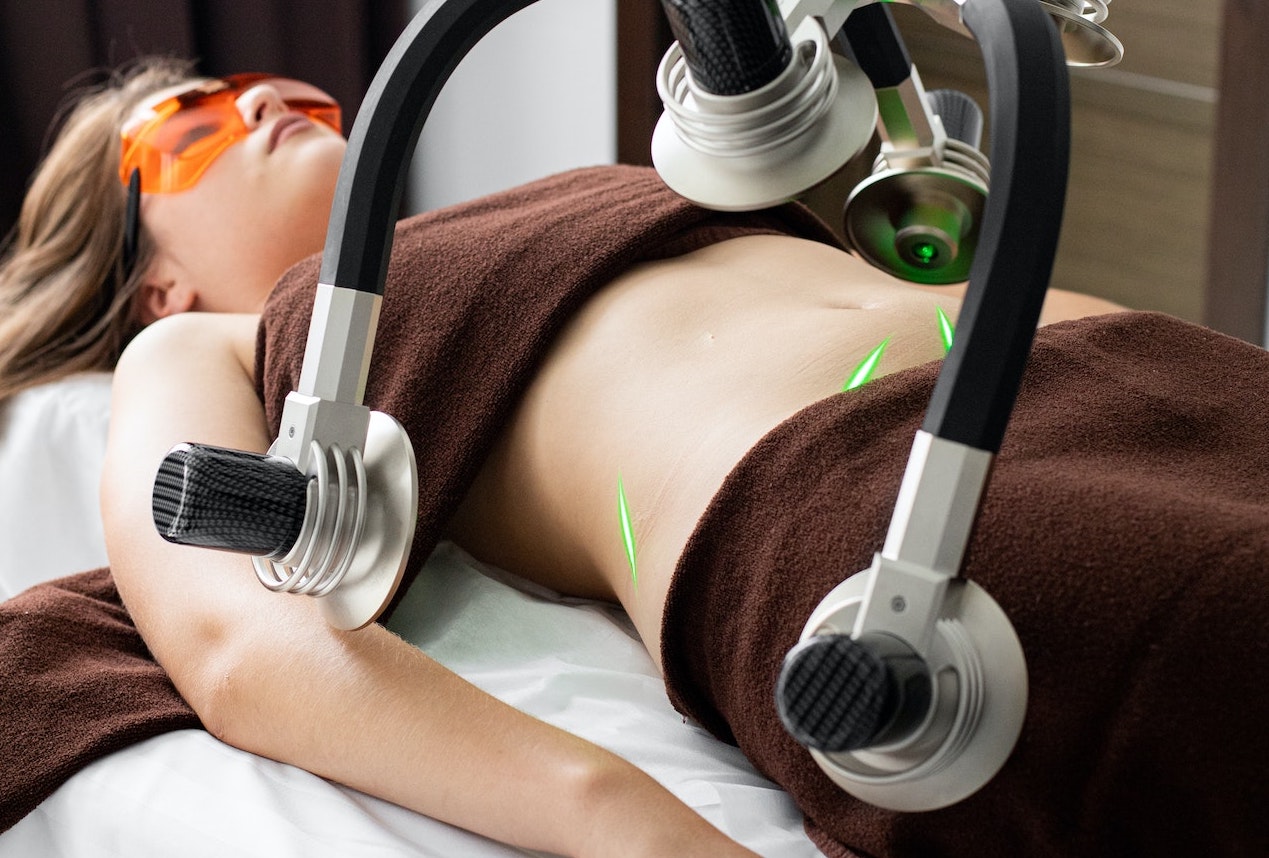Development of quality system strategies to meet regulatory and quality requirements.
Performance of gap analyses, to identify improvement measures for compliance or to improve the efficiency of business processes.
We can provide gap assessment and assistance in the preparation of quality system procedures; QA advice and support during product design & development activities (design control); management of quality system certification and inspection processes, including coordination of audits & inspections by regulatory authorities; QA training.
Design, implementation and audit of quality management systems for conformity to ISO 13485
Guidance for successful implementation of Quality Management Systems ISO 13485
Management of software development projects fully compliant with:
Gap assessment and assistance in the preparation of quality system procedures.
Providing QA advice and support during product design & development activities (design control).
Management of quality system certification and inspection processes, including coordination of audits & inspections by regulatory authorities.
Providing QA advice and support in defining and implementing corrective & preventive actions (CAPA) in the case of deviations and quality improvement initiatives.
QA training.






